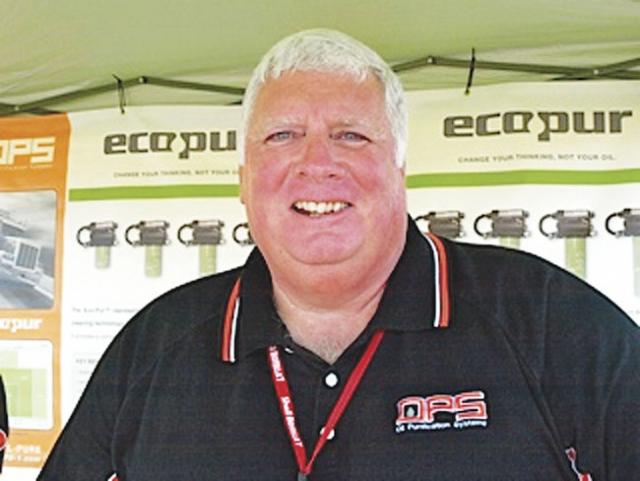Understanding Oil Contaminants

When you sample your oil do the results you receive show all the historical sample results or just the single sample results? Is it really necessary to have previous results to review or will the latest results be sufficient? If you want to understand how your engine is wearing and have a record to show a potential buyer or your service provider than the history is very important. If you only want to see if you have a fuel, soot, high wear item issue than the single results are adequate. But why would you pay for sample and not want the historical trends and record of any issues from all reports? The historical data is extremely important to review so you can identify trends for the wear metals and other contaminant levels. Almost all accredited labs will provide reports with all data as long as you provide the lab with the proper information: Account Name Unit Number and if available Account Number on the sample processing form. Remember you may know you only have one truck, but the lab doesn’t. Therefore, you will receive a single report as they will not know that it belongs with previous sample results. Yes, you can keep numerous copies of each sample (which you usually need to do with desktop sample labs) but why not keep every result on one page.
When reviewing wear results remember every engine will have some wear which is normal. Most reports record the wear in parts per million (PPM) and wear will vary over the life of an engine. Different engine manufacturers will allow for ranges of “normal” iron wear. For example, a reading of up to 50ppm for a 15,000 mile oil cycle is normal for most engines during the life of the engine. An engine during its break-in period could have well over 100ppm of iron wear for a 15,000 mi. cycle which is still rated normal. But if you have a variance of 100ppm of iron for 15,000 mi. cycle on an engine with 200,000- 500,000 miles this may be an indication of an impending problem. This does not mean you need to panic and overhaul the engine, but you should look for potential causes of increase. If the iron wear is accompanied by a spike in lead copper and/or aluminum, then you may have a main or rod bearing issue. If you just replaced an internal part, i.e. bull gear or replaced the air compressor, then it may be that this part is breaking in causing the increase. The key is to always look at the trend for your engine to determine what is normal for your engine and react to any excessive wear results logically.
If you have installed filtration products that allow you to increase oil drain intervals, the wear metal results may accumulate over the extended drain period. This may result in higher wear metal results, but you should look at the increases between your sample results. For example, historical results every 25,000 miles are increased 40ppm with a plus or minus 20ppm variance this would be normal. But if suddenly there is an increase of 100ppm or more over the 25,000 mile interval then you may require additional investigation.
Knowledge is power. Having the knowledge of how your engine is wearing by periodically sampling your oil provides you with valuable information that will save you $$$ in the long run. If you drain oil every 15,000 miles or so and don’t sample, you will not know you have an issue until it becomes a big issue. If you extend oil drains, then it is imperative that you sample religiously to ensure not only that the engine is wearing normally but that the oil quality is within guidelines to properly protect engine.
If you have any questions or suggestions for this column, please email me at: [email protected]
